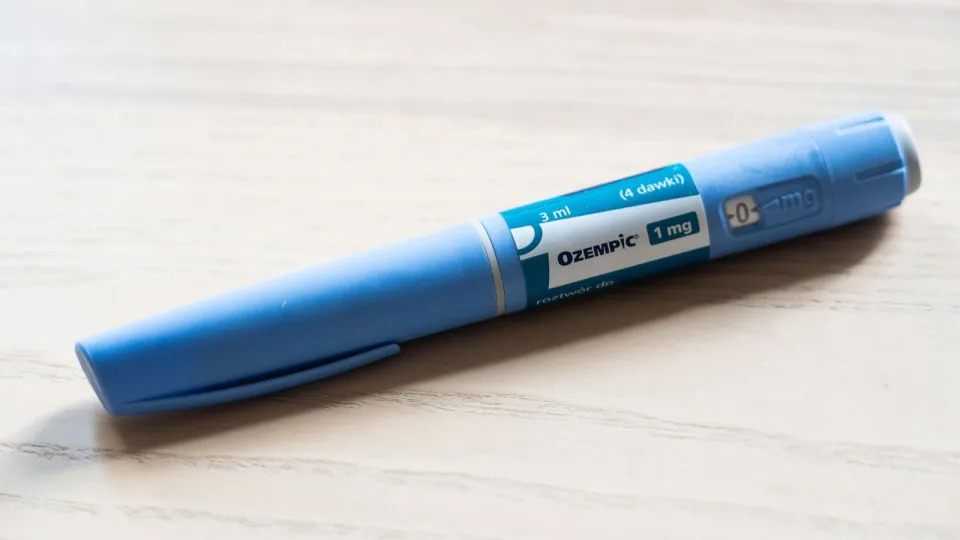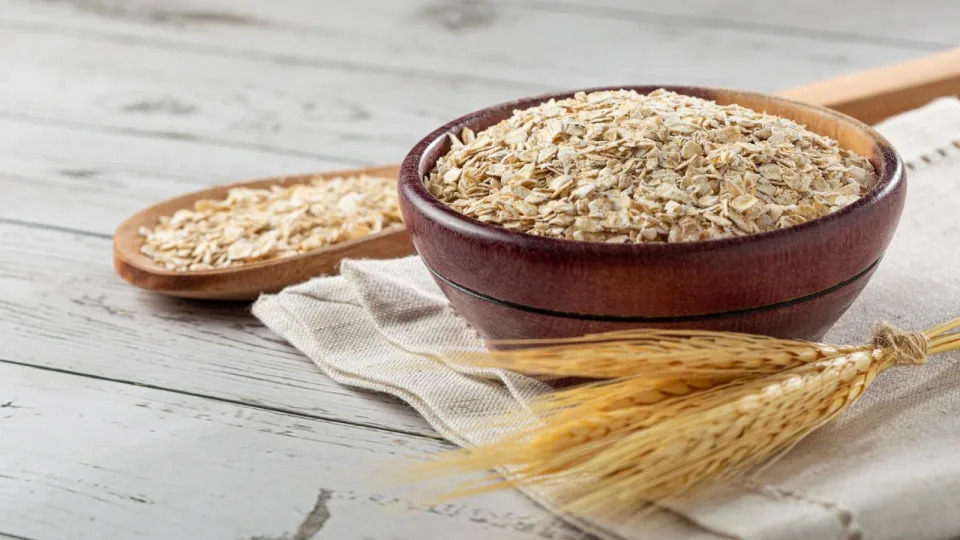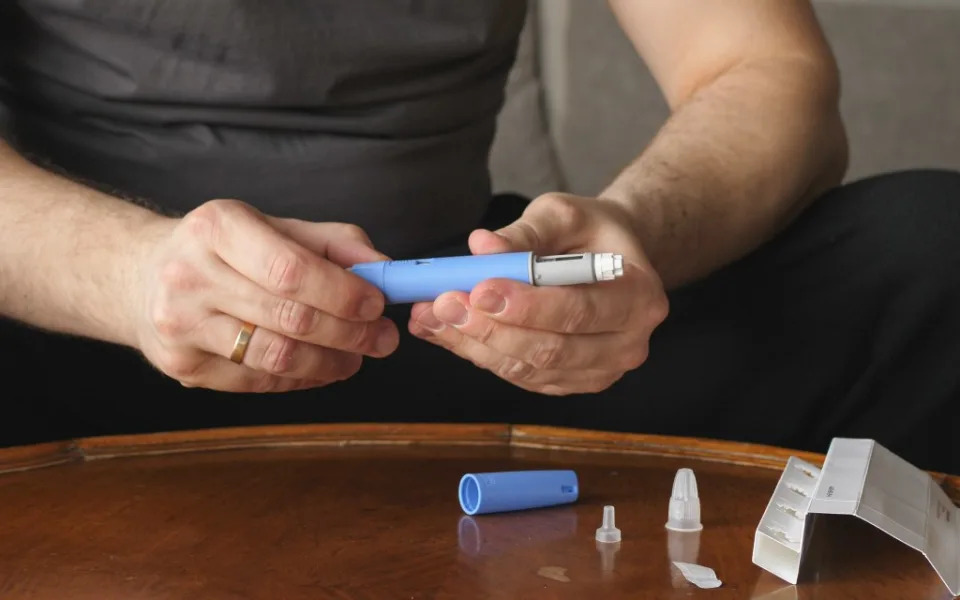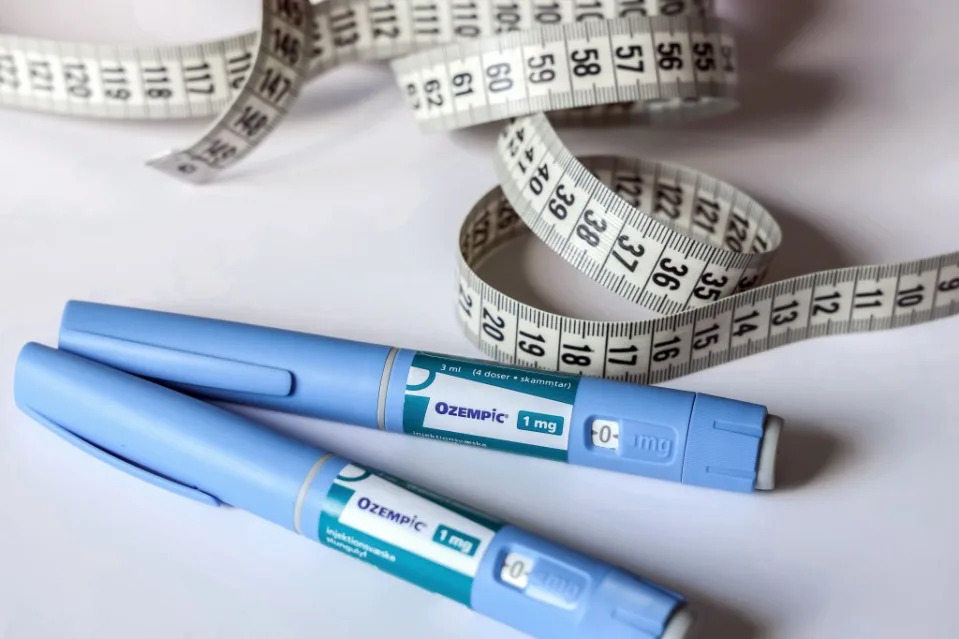Daily Beast
Feds Want to Seize This $7 Million Condo in a Luxe Trump Building
Justin Rohrlich – April 1, 2024

U.S. authorities have targeted an apartment in a Donald Trump-branded luxury Manhattan tower, where they are looking to seize a $7 million unit prosecutors say was illicitly obtained by one of Congolese President Denis Sassou-Nguesso’s children.
A forfeiture complaint filed Friday in Manhattan federal court and obtained by The Daily Beast says the action “concerns the misappropriation, theft, or embezzlement of hundreds of millions of dollars from the Congolese treasury, some of which was used for the purchase of a luxury apartment in the Southern District of New York for the use of President Nguesso’s daughter.”
“That property is Unit 32G in the Trump International Hotel & Tower at 1 Central Park West, New York, NY 10023,” the complaint states.
The United States is seeking to repossess the property “because the funds used to acquire it are traceable to violations of specified unlawful activities and U.S. law,” according to the complaint.
Sassou-Nguesso, who has been described as a breathtakingly corrupt kleptocrat, has held power in Congo, almost uninterrupted, since 1979.

A past listing for the apartment says it is a corner space “overlooking Central Park and the Hudson River [and] captures the essence of the most sought after Columbus Circle neighborhood. Special features include: floor to-ceiling windows, 10′ ceilings, a gracious entrance gallery, living/dining room, a windowed eat-in-kitchen with washer/dryer, two bedrooms with spectacular views and luxurious baths ensuite, plus a powder room, capacious closets and a separate bar, ideal for entertaining. Sorry no pets allowed.”
Ownership of the Trump International Hotel & Tower is complicated, with the Trump Organization managing the building and owning some units and hundreds of individual owners holding the rest. On Monday, a Trump Org spokeswoman, Kimberly Benza, told The Daily Beast, “If this sale did occur, it would be by a 3rd party unit owner unrelated to our Organization.”
The ties between Congolese first-daughter Claudia Lemboumba Sassou-Nguesso and the Trump International condo were first brought to light in 2019 by anti-corruption NGO Global Witness, which at the time publicly called upon the Justice Department to begin the process of seizing the two-bedroom, two-and-a-half bathroom unit. Sassou-Nguesso in 2014 paid a little over $4,000 a square-foot for the residence—a significant premium over the building’s median square-foot price of $2,521.
The apartment was procured via a byzantine array of shell companies and intermediaries who routed funds stolen from Congo’s public coffers through entities in Portugal, Cyprus, the British Virgin Islands, and Brazil, the forfeiture complaint states. The money finally ended up in the U.S., where Sassou-Nguesso and her enablers hired law firm K&L Gates to purchase apartment 32G “for the benefit of Sassou-Nguesso, using a portion of the laundered funds and embezzlement proceeds,” according to the complaint.

The complaint says Sassou-Nguesso was aware she could be rejected by Trump International as “a politically-exposed person,” and considered listing her cousin as the unit’s beneficial owner to avoid trouble. However, Trump International officials told Sassou-Nguesso’s team that “it was ‘not a problem’ and that the information was ‘only for the condominium building,’” the complaint goes on. On June 24, 2014, a Portuguese businessman representing Sassou-Nguesso in the deal wired a $710,000 deposit to the condo’s seller, sending the $6,525,000 balance a month later, according to the complaint.
“In sum, the money used to purchase the Defendant Asset was a portion of the approximately USD 19.5 million of Congolese state funds embezzled through… sham contracts… and these embezzled funds were used to purchase the Defendant Asset for Sassou Nguesso’s apparent personal enrichment,” the complaint states.
After the Global Witness report was released in 2019, the Trump Organization said that monthly common charges paid by condo owners did not go directly to Trump himself “for profit.”
According to the forfeiture complaint, Sassou-Nguesso paid some $250,000 in common charges between 2018 and 2022. It says they were paid “out of bank accounts in Luxembourg, Portugal, and the United Arab Emirates” in the name of another Portuguese national fronting for Sassou-Nguesso.
Although the apartment has apparently remained unoccupied since it was purchased, prosecutors say they have reviewed emails from Sassou-Nguesso about interior design work to be conducted at the property, transferring, via her worldwide network, more than $400,000 to a Portuguese firm to carry out the job.
The apartment, according to the forfeiture complaint, “is traceable to… a conspiracy to launder the proceeds of specified unlawful activities.”
“The Court, for the reasons set forth herein, adjudge and decree that the Defendant Asset be forfeited to the United States of America and disposed of in accordance with existing laws, together with costs, and for such other relief as this Court deems proper and just,” the complaint states.

Trump’s properties, as The New York Times once said, “have a long history of serving as home to people with checkered pasts.”
Former federal prosecutor Kenneth McCallion, a onetime member of an organized crime strike force that investigated potential criminal activities during the construction of Trump Tower, told The Daily Beast that dirty money has long been attracted to Trump buildings.
“They’d pay cash for condos, held them for a few years, sold them, and the proceeds of the sale would then be clean money,” McCallion said.
Haitian dictator Jean-Claude “Baby Doc” Duvalier owned a unit in Trump Tower on Manhattan’s 5th Avenue; alleged Russian gangster David Bogatin—one of at least 13 Russian organized crime figures who have resided in the building—owned five.
A Trump development in Panama was “riddled with brokers, customers and investors who have been linked to drug trafficking and international crime,” according to a 2017 NBC News investigation.
A hotel the former president helped build in Azerbaijan was allegedly financed in large part by oligarchs with ties to Iran’s Revolutionary Guard Corps, and at the Trump SoHo Hotel Condominium New York, 77 percent of units were sold to shell companies that paid in all-cash—an “attractive avenue for criminals to launder illegal proceeds while masking their identities,” according to the U.S. Treasury Department’s Financial Crimes Enforcement Network.
Trump himself and the Trump Organization have not been accused of any wrongdoing related to the Sassou-Nguesso deal.
A spokesman for the U.S. Attorney’s Office for the Southern District of New York declined to comment.









